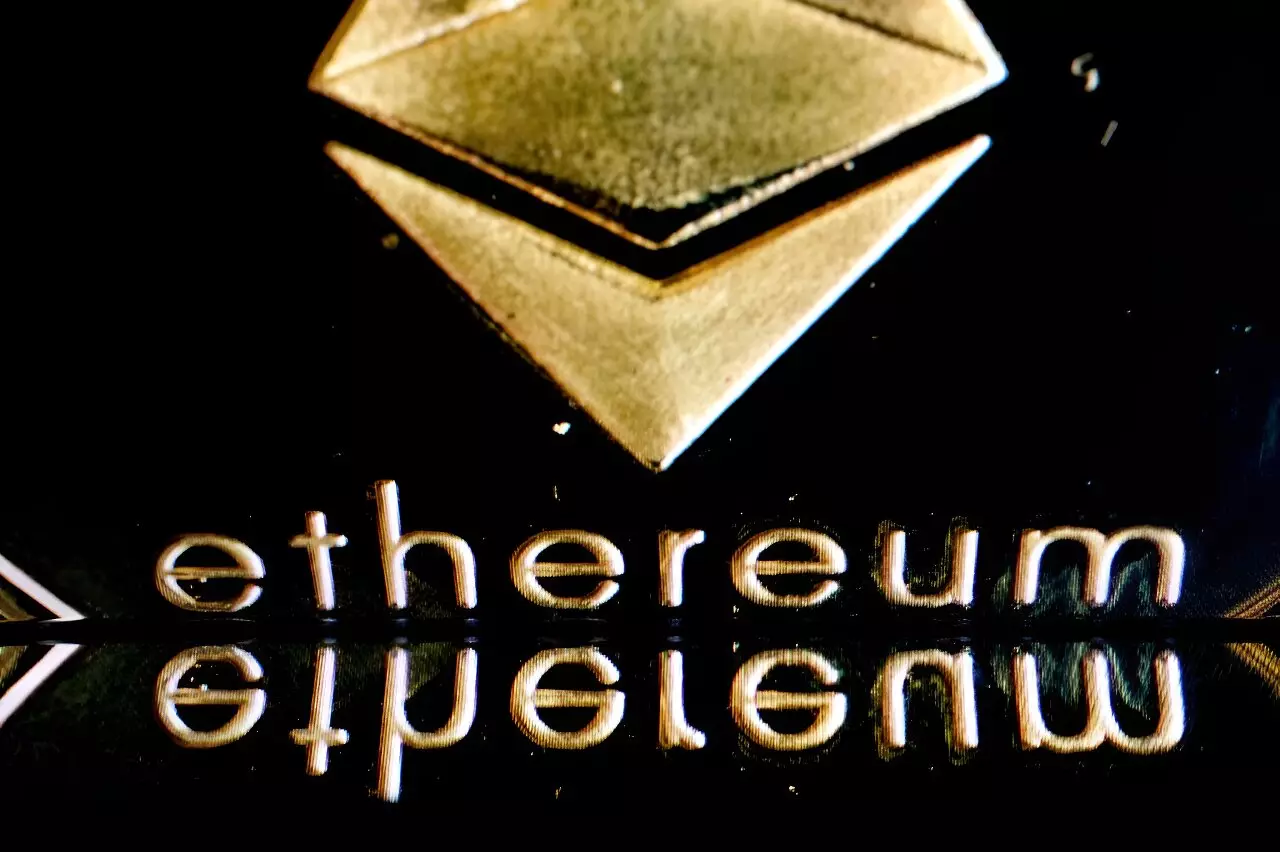While Bitcoin has been dominating the headlines with its new record highs, Ether has quietly been making its own impressive surge in the cryptocurrency market. Launched in 2015, Ether, also known as Ethereum, has now established itself as the second-largest digital currency with a total value exceeding $460 billion. This recent surge can be attributed to the regulatory approval of a new bitcoin investment product, the Exchange Traded Fund (ETF), in the United States. This approval has not only benefited Ether but also other cryptocurrencies such as Solana and Dogecoin. ETFs allow investors to profit from the price fluctuations of cryptocurrencies without directly owning them, leading to an influx of new money into the market.
Beyond the ETF effect, Ethereum, the brainchild of Russian programmer Vitalik Buterin, has a multitude of potential use cases that set it apart from Bitcoin. Ethereum is not simply a store of value like Bitcoin but rather a platform for various applications through smart contracts and decentralized applications. The upcoming upgrade known as “Dencun” is scheduled for March 13, which promises to enhance transaction processing capacity, reduce transaction costs, and foster the growth of a robust ecosystem with diverse applications. This upgrade has created anticipation among investors and experts, leading to a shift from Bitcoin to Ethereum as a potential investment opportunity.
One of the key features that set Ethereum apart from Bitcoin is its mechanism for generating interest through a process known as “Proof of Stake.” This process involves users putting up existing Ether coins as collateral and receiving a fee of a few percent a year, in addition to potential capital gains. This method is in contrast to Bitcoin’s energy-intensive “Proof of Work” process, making Ethereum more sustainable and environmentally friendly. The upgrade to a less energy-intensive system in September 2022 further solidified Ethereum’s position as a promising digital currency with long-term viability.
The Growing Ecosystem of Ether
Ethereum’s ecosystem is not limited to just being a digital currency; it serves as a platform for various applications, including non-fungible tokens (NFTs). NFTs are digital certificates of authenticity that have gained significant traction in recent years. Ethereum’s flexibility and potential for diverse applications make it an attractive option for developers and users looking to explore the capabilities of blockchain technology. The growth of the ecosystem has been further fueled by the increased use of Ether as collateral, which has risen to 21 percent compared to just 10 percent 18 months ago.
Ether’s recent surge and potential for growth highlight its significance in the cryptocurrency market. With the upcoming “Dencun” upgrade and the growing ecosystem of applications, Ethereum is well-positioned to continue its meteoric rise in the digital currency space. Investors and experts are closely watching the developments in Ethereum, anticipating further advancements and innovations that could reshape the way we perceive and utilize cryptocurrencies. As the competition intensifies in the digital currency market, Ethereum stands out as a unique and promising player with a range of use cases and features that set it apart from its counterparts.


Leave a Reply